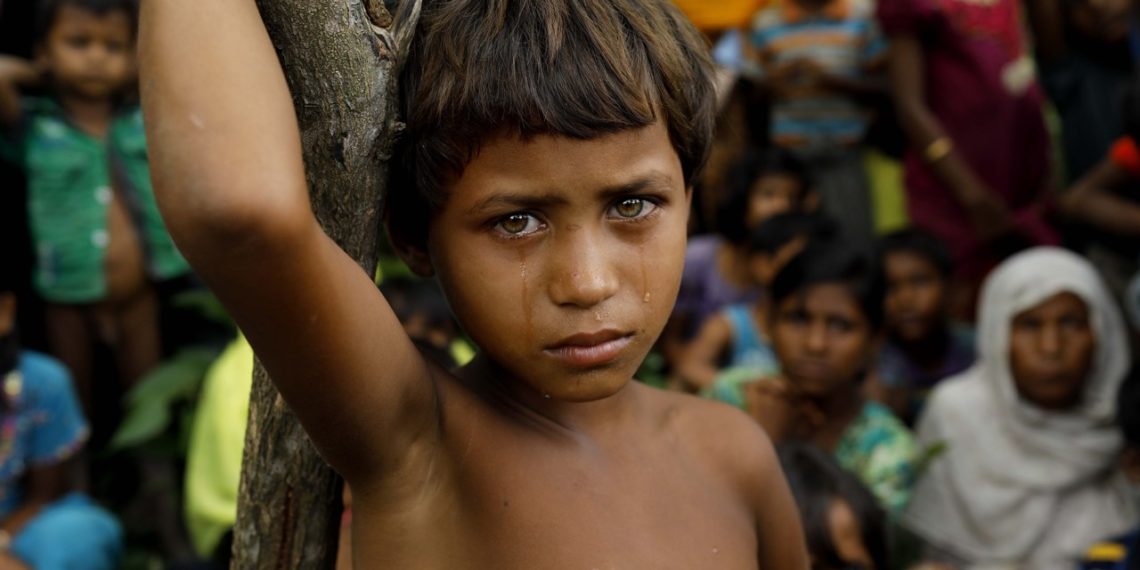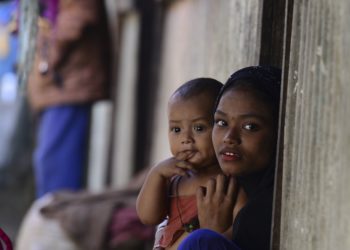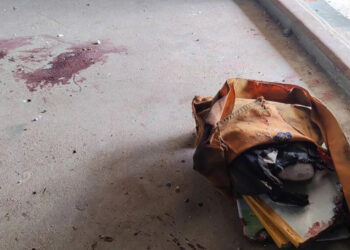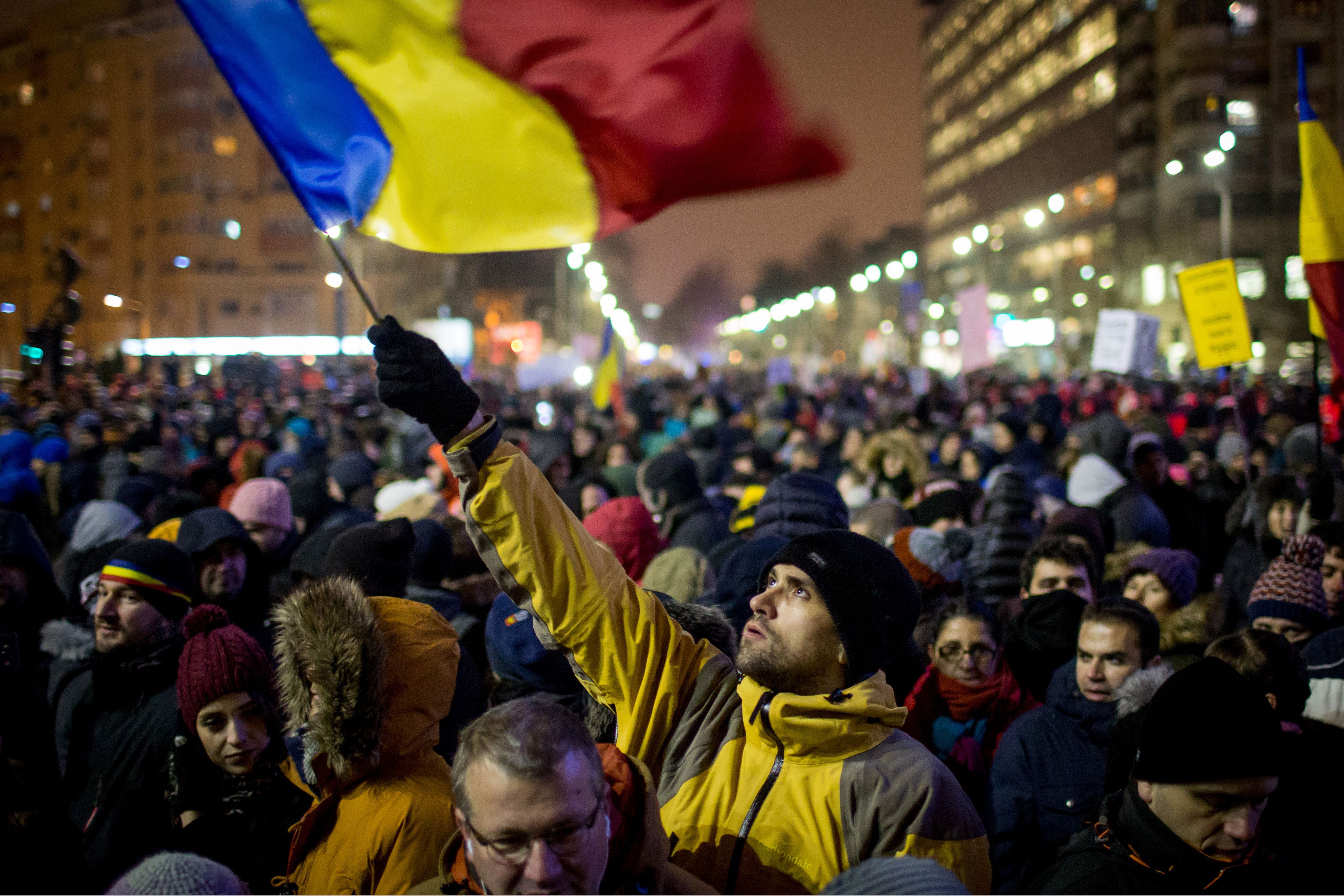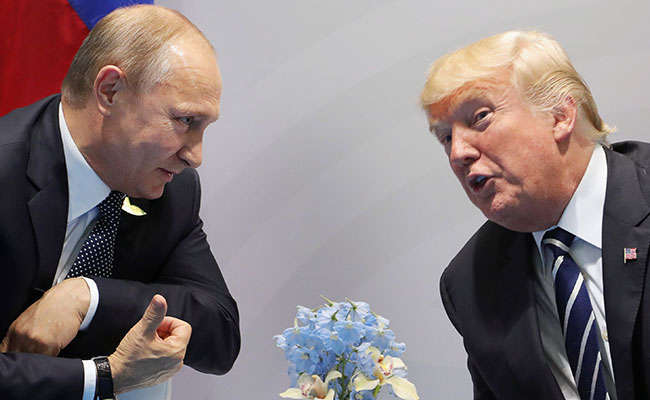December was an eventful month for South Asian politics. Myanmar’s Nobel Peace Prize laureate Aung San Suu Kyi defended her country’s military junta from charges of ethnic cleansing against the Rohingya community. At the same time, India’s Hindu nationalists became emboldened after enacting the Citizenship Amendment Act. This act, along with the National Register of Citizens, has the potential to disenfranchise a significant portion of the country’s minority population.
In both Myanmar and India, these developments reflect a triumph of vocal majoritarian nationalism. While Myanmar has already carried out what the U.N. human rights chief called a “textbook case of ethnic cleansing,” India seems to be treading the same path.
In #Myanmar, @IntlCrimCourt jurisdiction "is an immensely important step towards ending impunity, and addressing the enormous suffering of the Rohingya people" says UN Human Rights Chief Bachelet at #HRC39, calling for more work to collect and analyse evidence of violations.
— UN Human Rights (@UNHumanRights) September 10, 2018
When political analysts scrutinize cases of ethnic cleansing in post-colonial South Asia, they often determine the triggers to be political opportunism via communal vote bank politics, manipulation of institutions to discriminate minority groups, and the inevitability of the clash of contrasting cultures.
While all these reasons perhaps are triggers, one other major commonly understated factor is what can be termed “demographic jitter,” the alarm created among the majority population due to an alteration in demographic balance.
Sri Lanka’s Tamil Minority
Sri Lanka, a former British colony in the Indian Ocean, experienced four decades of civil war between the Sinhalese majority and the Tamil minority, eventually leading to the ethnic cleansing of the latter.
The origin of this conflict is traceable to 1815 when the British occupied the whole island and turned paddy fields into tea estates. Since there was no incentive for Sinhalese peasants to become plantation laborers because the wages were so derisory and the harvest season coincided with their own harvests, thousands of Tamils were brought from India to work in British owned plantations.
Tamils, being well-educated, were also given a disproportionate number of jobs in the colonial administration’s civil service.
However, after independence, once the Sinhalese majority held sway, its politicians sought to redress the balance with discriminatory populist policies against Tamils. Although the Sinhalese undoubtedly are Sri Lanka’s majority, they carry considerable demographic anxiety stemming from the fact that they are a minority in their broader neighborhood, which is home to about 70 million Indian Tamils who live right across the Palk Straight in Tamil Nadu.
Bhutan’s Lhotshampas
Another country in South Asia that engaged in ethnic cleansing in the 1980s, but rarely comes up in international debates, is Bhutan. About 40 years ago, the Himalayan kingdom, which historically served as a buffer zone between India and China, disenfranchised about a sixth of its population.
The reason appears to be the following: worried that the growing Nepali-origin Lhotshampa minority threatened the culture and political dominance of the majority Drukpa people, the government adopted a “One Nation, One People” policy.
Members of the Lhotshampa community, who largely came to southern Bhutan in the late 19th century and grew in numbers with continued migration throughout the 20th century, were asked to prove their citizenship and coerced to adopt customs of the northern Drukpas.
When many of them refused to assimilate forcefully, 100,000 Lhotshampas were subsequently expelled from Bhutan and ended up in refugee camps in southern Nepal.
The cases of ethnic cleansing in Sri Lanka and Bhutan reflect similarities to recent developments in India and Myanmar.
Bengali Muslims in India
Ethnic cleansing is possibly underway in India’s north-eastern state of Assam. The beginning of Assam’s ethnic conflict can be traced back to the British rule in the 19th century when a wave of migration was triggered as tea plantations were set up and attempts were made to expand food production. Colonial policies triggered the arrival of Bengali Muslim peasantry and educated Bengali Hindu administrators from the neighboring province of Bengal.
Subsequently, the colonial administration made Bengali the official language of Assam. This act pitted the Assamese nationalists against the Bengali immigrants. By the 20th century, the conflict started taking more of a religious character as a continued influx of Bengali Muslim peasants changed the religious composition of the state from 9 percent in 1921 to 23 percent in 1941.
In Assam, although citizenship of Bengali Muslims has not been officially stripped, the process is underway. In August last year, the state government published the National Register of Citizenship to prove one’s Indian citizenship. In this massive citizenship drive, 33 million people in Assam tried to prove that they or their ancestors were in the state before March 24, 1971.
This date, a day before neighboring Bangladesh declared independence from Pakistan, was chosen by authorities as a cut-off for Indian citizenship. Eventually, 1.9 million people had their names left off the list. Those excluded were mostly Bengalis, both Hindus and Muslims. While the Bengali Hindus can now claim “refugee” status due to India’s new Citizenship Amendment Act, the Bengali Muslims not on the citizenship list will be disenfranchised and possibly be put in detention camps and made stateless.
Rohingyas in Myanmar
In the case of Myanmar, in a very similar manner to what is happening in Assam, Rohingyas were targeted and their citizenship rights taken away. Although tensions between the Rohingya Muslims and the Bamar Buddhist majority date back to the beginning of British rule in the 19th century, only in 1982 were the Rohingyas stripped of their citizenship rights.
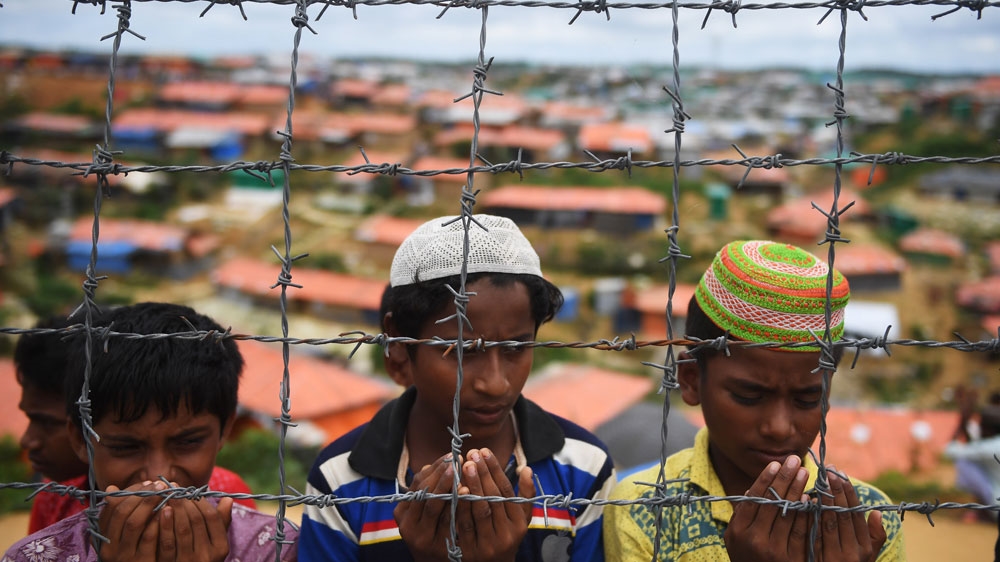
One possible source of this disenfranchisement of a whole population stems from political actors stoking demographic fears. In a 2013 interview, the firebrand Buddhist monk Ashin Wirathu compared Muslims to African carps, saying, “They breed rapidly, have violent behavior, and eat its own kind and other fishes.” Over the years, the military junta also manipulated Buddhist majoritarian notions of statehood for fueling fervor in its homogenizing nation-building project.
Fear of Demographic Change
Although framed in different ways by political actors and authorities, the four scenarios reflect how similar they are in their cause, namely the perceived threat posed by the scales not tipping in favor of the majority population.
This fear of demographic change has seen the disenfranchisement of minorities in a non-transparent and unsystematic manner. It is useful to understand that this “demographic jitter” can only be offset if nations of South Asia truly consider ethnic balancing schemes and adopt proper integration policies inclusive of all ethnic groups.
Such policies are missing or are largely flawed in most of these countries. This leads to the identity of the majoritarian group becoming synonymous with the national identity, which in the cases mentioned above have triggered or have the potential to trigger ethnic cleansing.
Disclaimer: The views and opinions expressed here are those of the author and do not necessarily reflect the editorial position of The Globe Post.

